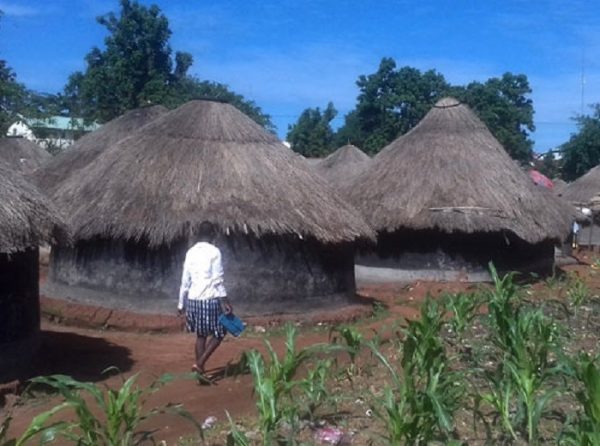By Nita Karume :
Recently, a Ugandan sparked controversy in the media upon uttering a statement in support of land grabbing for commercial agriculture. The young man Andrew Mwenda went on record saying that even Europe has managed to industrialize through land grabbing for commercial agriculture and that Uganda should follow suit.
However, one should be quick to notice that Mwenda is but one among several people who share that resource accumulation mindset. So much so that these individuals are doing anything and anything to satisfy their appetite for land and wealth. These people, according to one James Wire, are of the opinion that peasants’ land should be taken from them and instead get employed on the larger farms.
On the other hand, however correct Mwenda’s allegory of Europe’s middle ages and how agricultural production was boosted by land grabbing, the same will definitely not work in these times. Moreover, research absolves land size from being the issue. This is because different countries have different methods that work for them. For instance, in countries such as USA, Brazil and Europe, large farms have been associated with increased productivity. However, East Asia, which shares demographics Africa has an opposite relationship between land size and productivity; the smaller farms produce much better per unit than the larger farms.
This then brings to the fore the realization that the commercialization of Agriculture doesn’t necessarily mean having access to large tracks of land. Instead, it is the production of crops and farm animals for sale.
After the World War II, Japan broke down land into affordable units for small holder farmers. This was after the country realized how land ownership had become more of a source of evils for many families. The country would then go on to undertake a reform that involved taking land from especially absentee landlords. Similarly, renting farmers were made owners of the lands they were renting at the time. Before the reforms, the Landlords owned nearly 50% of all farmland in Japan. The peasant farmers who rented land would surrender half of their produce as rent. Today, these small holder farmers are largely responsible for the high value agricultural produce that Japan exports all over the world.
In China, 95% of the farms are smaller than 2 hectares while in Bangladesh 96% of farms are for small holders cultivating 69% of the arable land. Smallholder contribution to the total value of agricultural output is significant in many Asian countries. Globally, they account for nearly 70% of the food supply. Instead of increasing farm sizes, Asia is decreasing their farm sizes.
Remarkably, this drop in farm sizes would later see the successful green revolution in Asia that saw a bumper growth in the production of largely rice, maize and wheat. Taking this into account, Uganda’s increased food production can still occur even in the current dispensation of smallholder farming. Besides, since it has already happened in the rice industry, it could very well be reproduced to other crops.
The forceful and unwarranted land grabbing could also have very disastrous effects. For instance, in Colombia, 11,000 land owners have accumulated 67% of the most fertile land leaving the rest to some 11m people to use. This was achieved through dispossession and forceful displacement of people. Consequently, in 2013, the country was second to Syria in having the highest number of Internally Displaced People at 6 million. African countries have also had their fair share of land grabbing as well as some of the far reaching effects.
With all things considered, this question of commercializing agriculture is not to be looked at from the lens of the developed countries. This is because African countries have a unique ecosystem that solicits unique approaches. Moreover, last year’s Africa Agriculture Status report states, “…the type of agricultural transformation relevant today is very different from the kind of green revolution transformation that Africa aspired to in earlier decades. As such, the new agenda needs to be much more focused on a market driven business agenda that encompasses the entire food system, not just agricultural production.
However, it also notes the juxtaposition of Africa going for a food system transformation led mainly by large commercial farms and large agribusinesses, as in many rich countries and or an inclusive transformation based on commercial smallholder farms and SMEs along value chains. This is because a large agribusiness approach would leave millions of small farms and businesses without adequate livelihoods. On the other hand, an inclusive approach could engage more of them in productive employment. This, in turn, will create more attractive jobs for young people while helping reduce poverty, inequality and food insecurity.
Africa is estimated to have 51m farms. Of these, 41m of them are smaller than 2Ha in size and the number keeps increasing. Furthermore, most of these farms are efficient low cost producers which obtain higher yields on average than many larger sized farms. They are also able to compete in markets given a fair opportunity.








